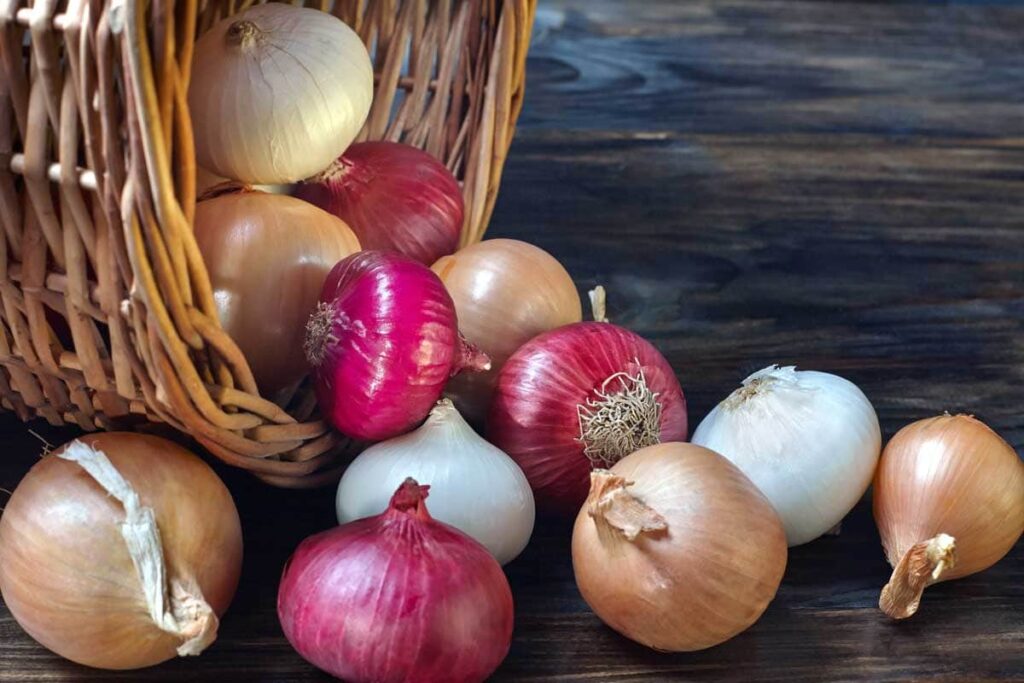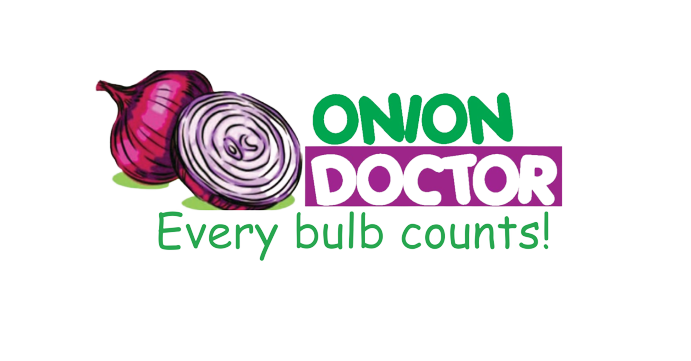Mastering Onion Farming in Kenya: Insights and Tips from Onion Doctor

Are you in need of in-depth knowledge on onion and garlic production? If yes, we are a call away. Our service chatter includes: Onion seedlings, Garlic seedlings, Farm planning services, Soil testing, Drip irrigation installation and maintenance, Agronomic support, Onion and Garlic value pack and Farm management. For free consultation, placing orders or booking a visit with an agronomist, please contact us via Call or what’s app +254703982228, Email: Info@oniondoctor.co.ke.
Delve into the intricacies of onion farming in Kenya with Onion Doctor, your trusted partner for success in agriculture. This comprehensive guide covers everything from ideal farming locations to varieties, conditions, challenges, and harvesting techniques. Embrace keywords like "onion farming in Kenya" and "Onion Doctor" to unlock the wealth of knowledge.
Major types of onions farmed in Kenya are bulb onions and spring onions. The best areas suited for farming being Karatina, Oloitoktok, Naivasha, Kieni, Emali and Mai Mahiu. Bulb onions take 3 to 4 months to reach maturity. Short rains are great for bulb onions since they can be harvested between January and February. Local farmers are able to benefit during this time period, since there is low supply of onions from Tanzania at this time of the year. After the long rains of March, the price of these onions hike and farmers who harvest after these period make good profit margins.
Spring onions are easy to plant. You can even plant them at your kitchen garden. They are commonly used in vegetable salads or as seasoning in soups. Some of the health benefits of spring onions include lower blood sugar and decreasing blood pressure and cholesterol levels. Of the two types, bulb onions are more popular than the spring ones due to their long shelf life and sweet taste. Currently, there are two different varieties of bulb onions in the market. There is the small, thin and firmly layered onion that has a strong pungent smell from Tanzania. The second one is the big loosely held variety that is grown locally, in Kenya.
Conditions for Onion Farming Onions perform well in well drained, fertile, sandy loam, non-compacted soils. The ideal pH is 5.8 to 6.8. Onion farming is a worthy venture since it’s possible to grow onions throughout the year via irrigation. Soil test with accredited laboratories is advised. The ideal temperatures onions need to grow are between 13 – 35 degrees centigrade. This means that onions can grow in most parts of Kenya. However, to maximize production in areas such as Ukambani and some parts in the Coastal area, one needs to invest in a greenhouse and drip irrigation. This is because greenhouses will optimize the temperatures since these areas are hot and irrigation will provide the much needed water. Onions are a cool season crop. Most areas in Ukambani and the Coastal region are extremely dry. In terms of requirements, apart from land that is an obvious fact, other requirements are DAP Fertilizer and seedlings. 1 kg of seedlings can be used in 1 acre while 20 grams of DAP Fertilizer is applied per square meter. You should note that there are different seed varieties and they perform differently under different conditions. Common hybrid varieties available in Kenya include Red Creole, Red Pinnoy, Jambar 1 and Red Bombay. The most popular seed variety in Kenya is the Jambar F1 since it produces high yield and the size of its onions are bigger.
Challenges facing Onion Farming in Kenya Rains or Excess Watering: Too much rains or excess watering can water log the crop. If the rain in your area is too much, focus on growing the crop during the short rains. You can also raise the beds to ensure the water flows out of the field. Avoid excessive watering of your onions. The best type of irrigation on onions is drip irrigation. Overhead irrigation should be avoided as it causes fungal diseases.
Diseases: Common diseases that affect onions include Downy Mildew, Bacterial Soft Rots, Pink/White Root, Botrytis, and Rusts. Use herbicides to get rid of the diseases.
Pests: Common pests that attack onions include maggots, thrips, nematodes and the leaf miner. Use pesticides from accredited brands to get rid of the pests. Weeds: Weeds can also destroy your crop and should be removed occasionally either physically or through the use of herbicides. In one season, there should be at least 2 – 3 weeding sessions.
Harvesting onions The best time to do the harvesting is during the dry season. Keep a calendar and record the essential dates to ensure you harvest at the right time. Bulb onions are ready for harvesting once they form a shiny membranous cover around the bulbs or when the foliage withers. Spring onions are ready for harvesting when they are 15 centimeters tall and 1.5 centimeters thick. Harvesting is done by pulling the bulbs and then chopping off the leaves. You then dry the bulbs in the sun before storing the produce.
Onion Doctor supports small holder farmers across Africa with quality and affordable Onion and Garlic seedlings, Onion seedlings, Farm planning services, Soil testing, Drip irrigation installation and maintenance, Agronomic support, Onion and Garlic value pack, Farm management, E-extension and on-farm training for farmers to optimize on yields and get maximum profits.
